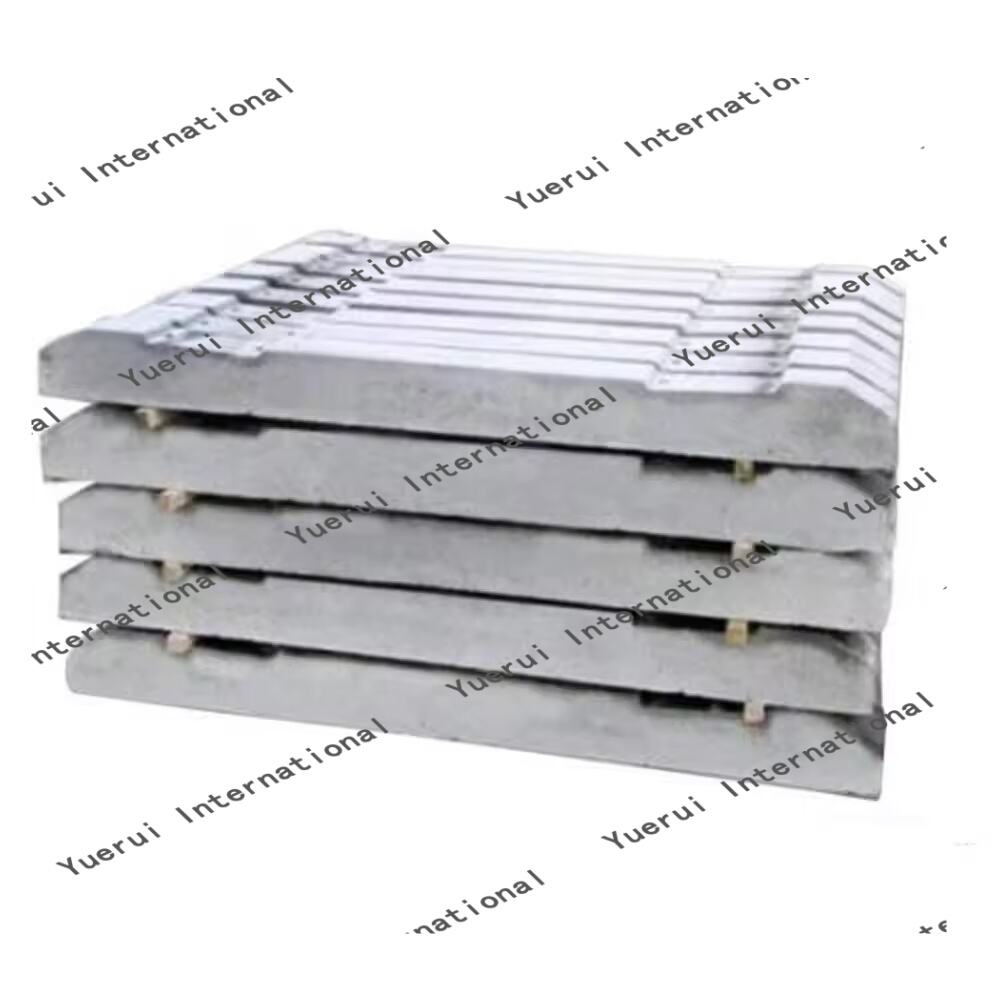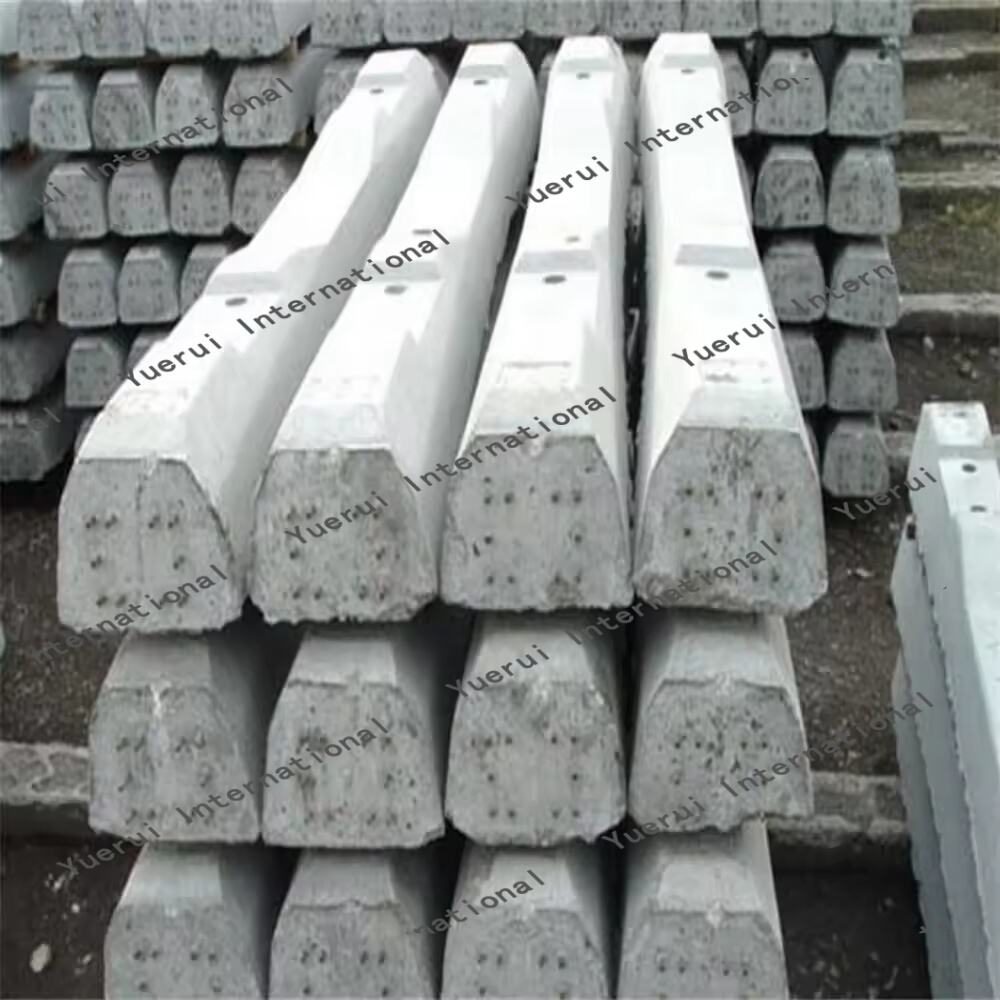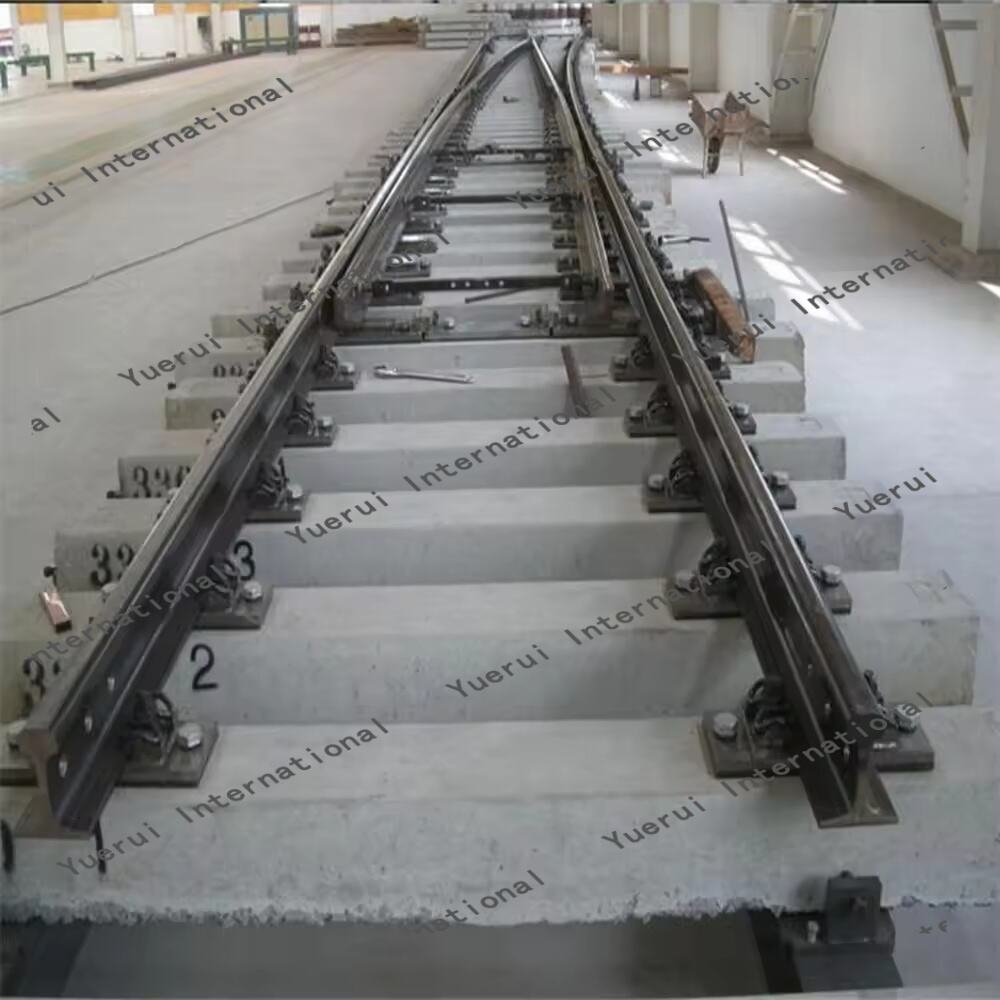artificial railroad ties
Artificial railroad ties represent a revolutionary advancement in railway infrastructure, offering a sustainable and durable alternative to traditional wooden ties. These engineered components, typically manufactured from recycled plastic, composite materials, or engineered polymers, are designed to withstand extreme weather conditions and heavy rail traffic while maintaining structural integrity. The ties feature advanced material composition that resists moisture absorption, preventing rot and decay common in wooden alternatives. They are engineered with precise dimensions and specifications to ensure optimal track gauge maintenance and superior load distribution. The manufacturing process incorporates UV stabilizers and specialized additives that enhance weather resistance and longevity. These ties typically last 50 years or more, significantly outlasting traditional wooden ties, and require minimal maintenance throughout their service life. The installation process mirrors conventional methods, making them compatible with existing railway systems and maintenance equipment. Their consistent material properties ensure reliable performance across varying environmental conditions, from extreme cold to tropical heat. Furthermore, these ties contribute to environmental sustainability through their use of recycled materials and their own recyclability at the end of their service life.


